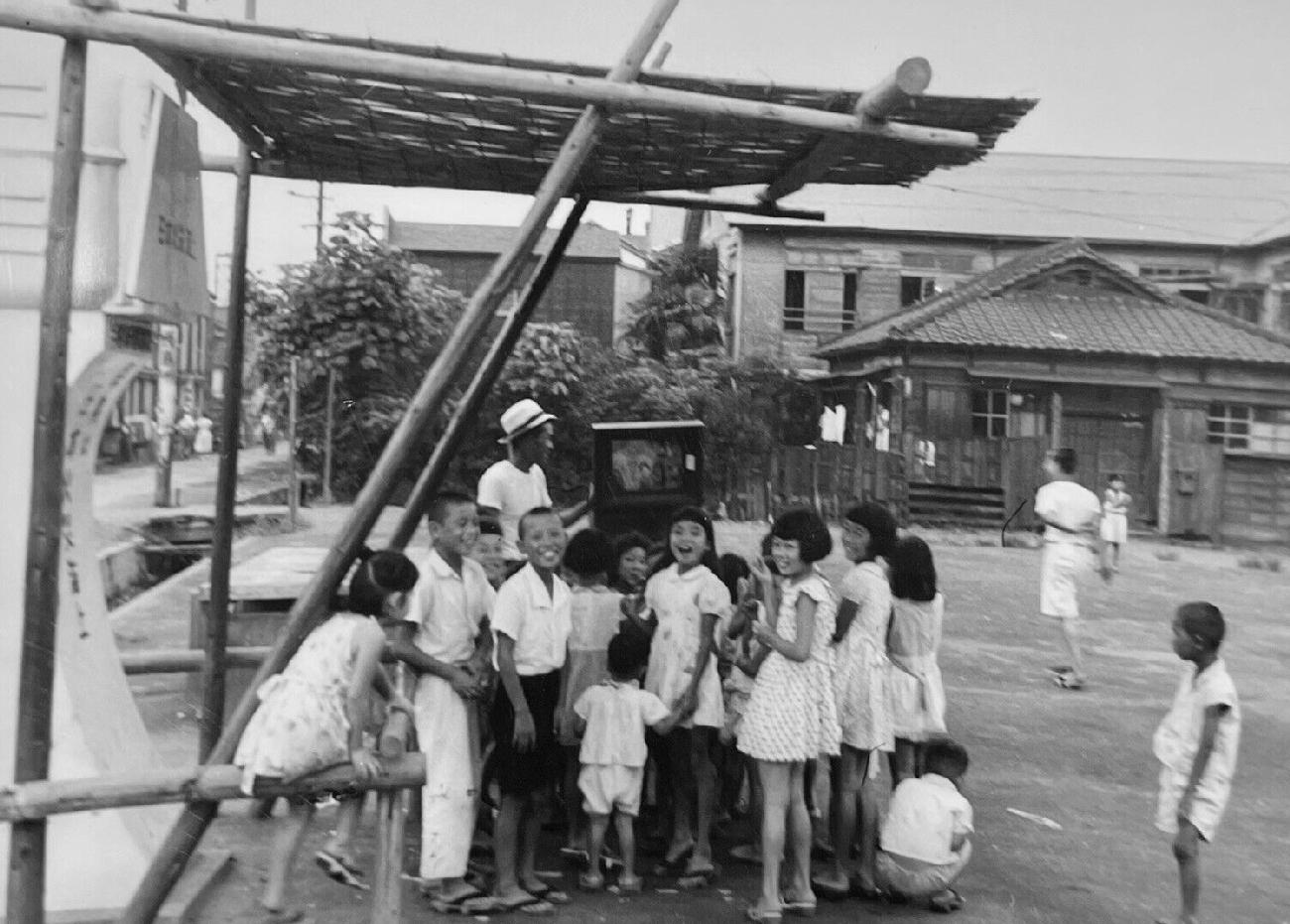
Figure 1.--Japan began regular TV broadcasting after World War II (1950), about the time TV took off in America. Notice that the children have not yet adopted American-style sneakers. |

|
As in Europe, experiments with tekevision began (1920s). Kenjiro Takayanagi conducted pioneering experiments. Television was introduced (1939), about the samne time as in America and Europe (Britain and Germany), but on a more limited bassis. The electronics industry would play an imprtant part in the war. And Japan's smaller anf lease advanced industry put them at a considerabvle disadvantage in naval warfare. This was especially true of radar, but also in radio communication. This is intering, because their German ally was a leader in elect=tronics, including radar. Britain shred its secret tchnology ith Anmerica. The Germns did not with Japan. We are not sure this involved Germn rekluctabc or Japasnese lack of entrance, give their exoertise in night optics. TV broadcasting was halted by World War II. Regular television broadcasting did not begin until after the War (1950). And the elecvtronics industry would play an immprtnt role in the country's economic revovery. The television situation varies regionally. Japan's largest and most important city is Tokyo. Viewers in Tokyo can receivev five local commercial channels and two national Japan Broadcasting Corporation (NHK) channels. Viewers in some parts of Japan receive viewer channels. I do not yet have details on satellite and cable television, but they are reportedly becoming increasingly popular. NHK is Japan's public broadcasting system. NHK began radio service (1925) and television service (1953). NHK is financed like the BBC. Japanese household with a television pay an annual fee. The NHK thus does not rely on government funding which is designed to ensure its independence from both government and private industry. NHK launvched digital satellite broadcasting servuce (2000) and digital terrestrial service (2003). About 80 percent of Japan's general TV is broadcast in HD as of 2004. NHK operates a domestic system of five television and three radio services. The core channels are both General and Educational TV and three radio channels. These services provide a diverse range of programs, including news, education, and family entertainment. The three satellite channels also offer a varied and versatile range of programs. NHK also operates an internationalsrvice. There are three TV and radio services under the NHK WORLD umbrella. NHK has 54 broadcast stations located throughout Japan and correspondents in 35 overseas posts (2004).
Navigate the Boys' Historical Clothing Web Site:
[Return to the Main Japanese TV page]
[Return to the Main TV country page]
[Return to the Main theatrical page]
[About Us]
[Introduction]
[Activities]
[Biographies]
[Chronology]
[Cloth and textiles]
[Countries]
[Garments]
[Girls]
[Photography]
[Topics]
[Bibliographies]
[Contributions]
[FAQs]
[Glossaries]
[Images]
[Links]
[Registration]
[Search]
[Tools]
[Boys' Clothing Home]
